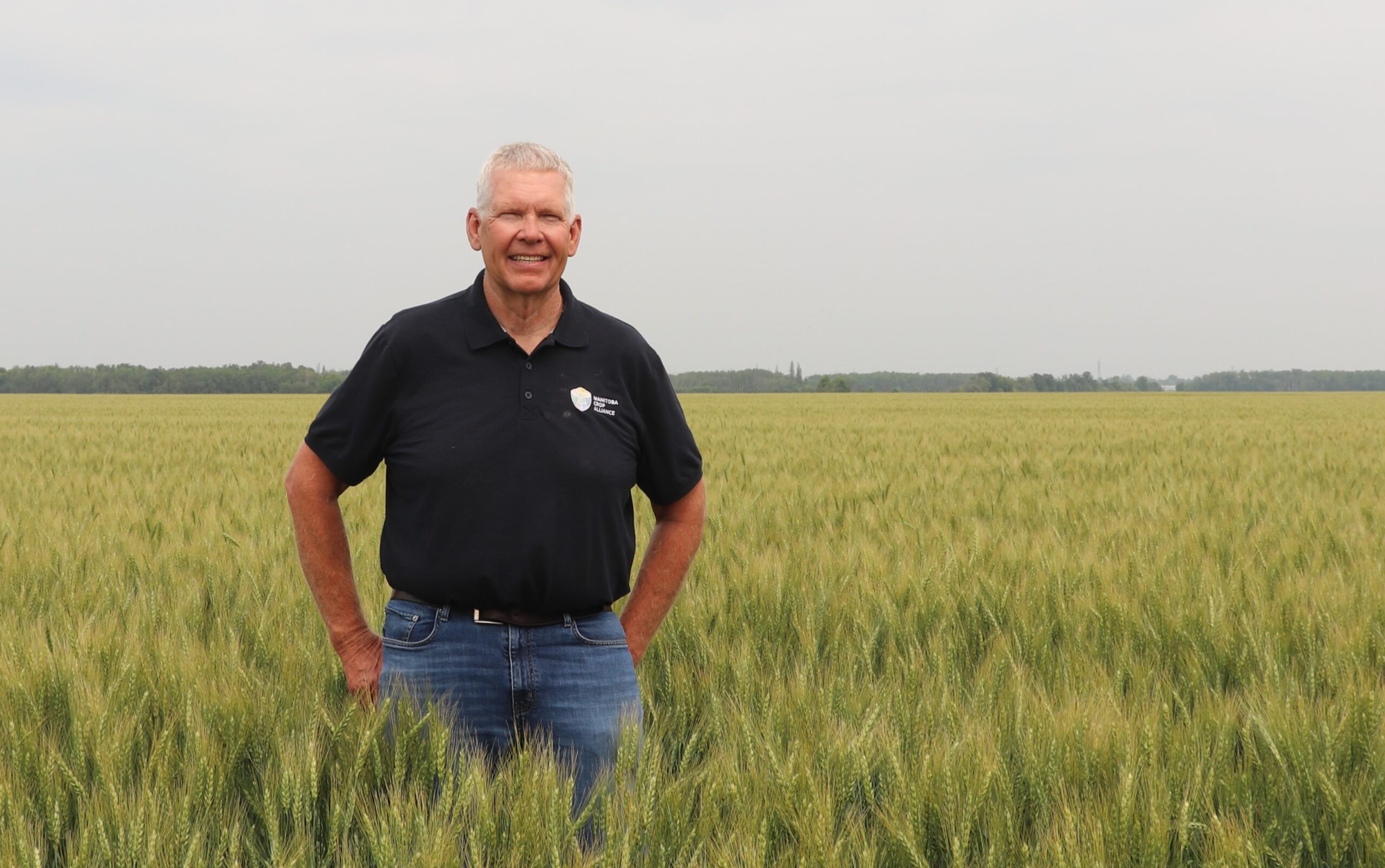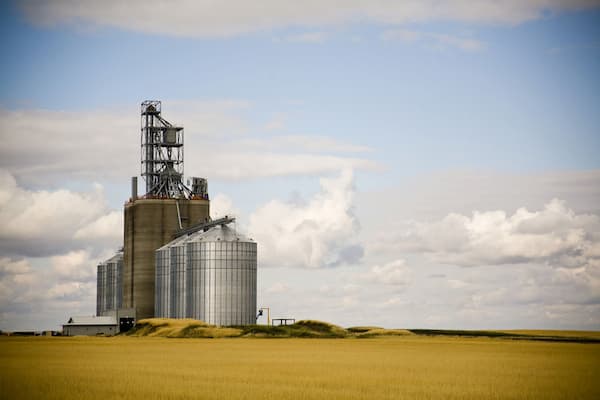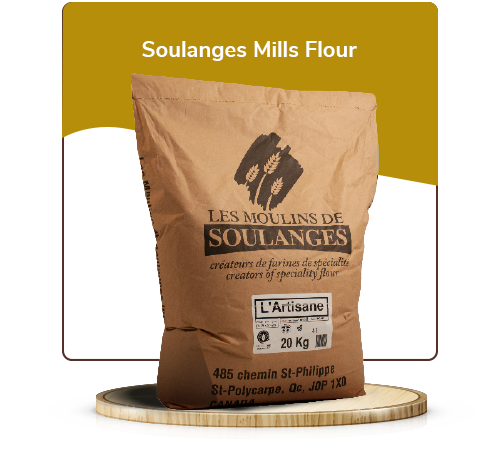
Program Benefits for
Consumers
Canadians Like You Are Demanding More
Canadians like you are demanding more from those who put food on their plates. You want to feel confident that the ingredients that nourish you and your family are grown in the most environmentally sustainable way possible.

Western Canadian winter wheat is a sustainable crop that supports biodiversity and protects nesting habitat for ducks and other birds — Ducks Unlimited Canada’s research proves it.
In Western Canada, cereal crops and other grains are traditionally planted in the spring, but winter wheat is planted in the fall, staying cozy under a blanket of snow all winter long. This change in season is a shift in planning for many farmers, but it’s also perfect for nesting wildlife.

“Studies have shown that ducks nesting in winter
wheat are 24x more successful than those nesting
in spring-sown cereals.”
Winter Wheat Benefits Farmers


Winter wheat yields are often higher than spring wheat.


Higher yields mean increased returns
compared to other similar crops.


Winter wheat also provides farmers with the flexibility to sell their grain to different markets.
Together, we can all be leaders in sustainability.
Start by looking for the Habitat-Friendly Winter Wheat Ecolabel on products in your grocery store or ask your grocer to stock more sustainable options. Know that when you buy a product with the Habitat-Friendly Winter Wheat Ecolabel, you are supporting local Canadian farmers and their efforts to put sustainable practices and our environment first.

Buy Ecolabel Products
Find the Habitat-Friendly Winter Wheat Ecolabel on these products and start helping wildlife habitats today — just look for the nesting duck.




